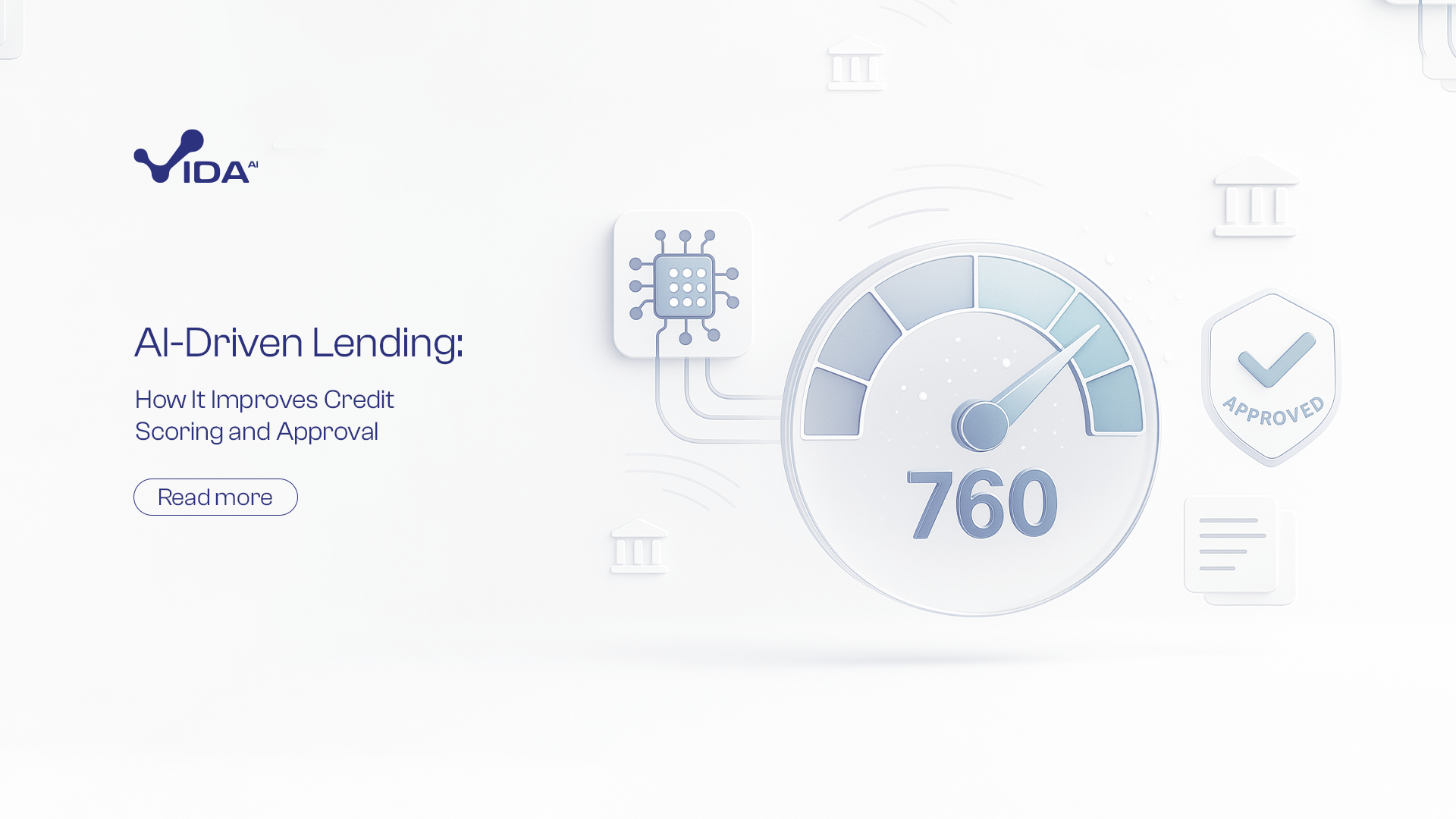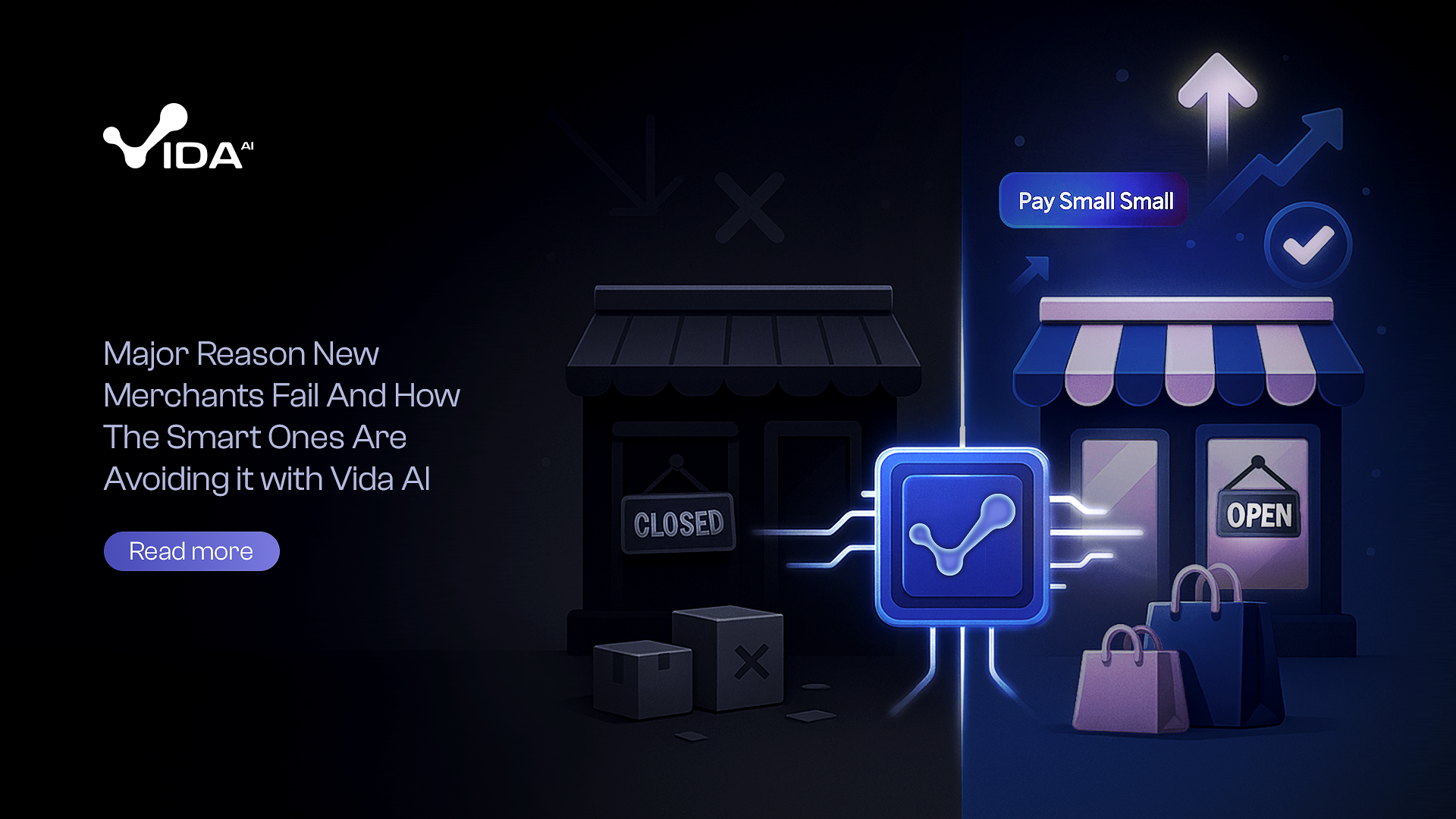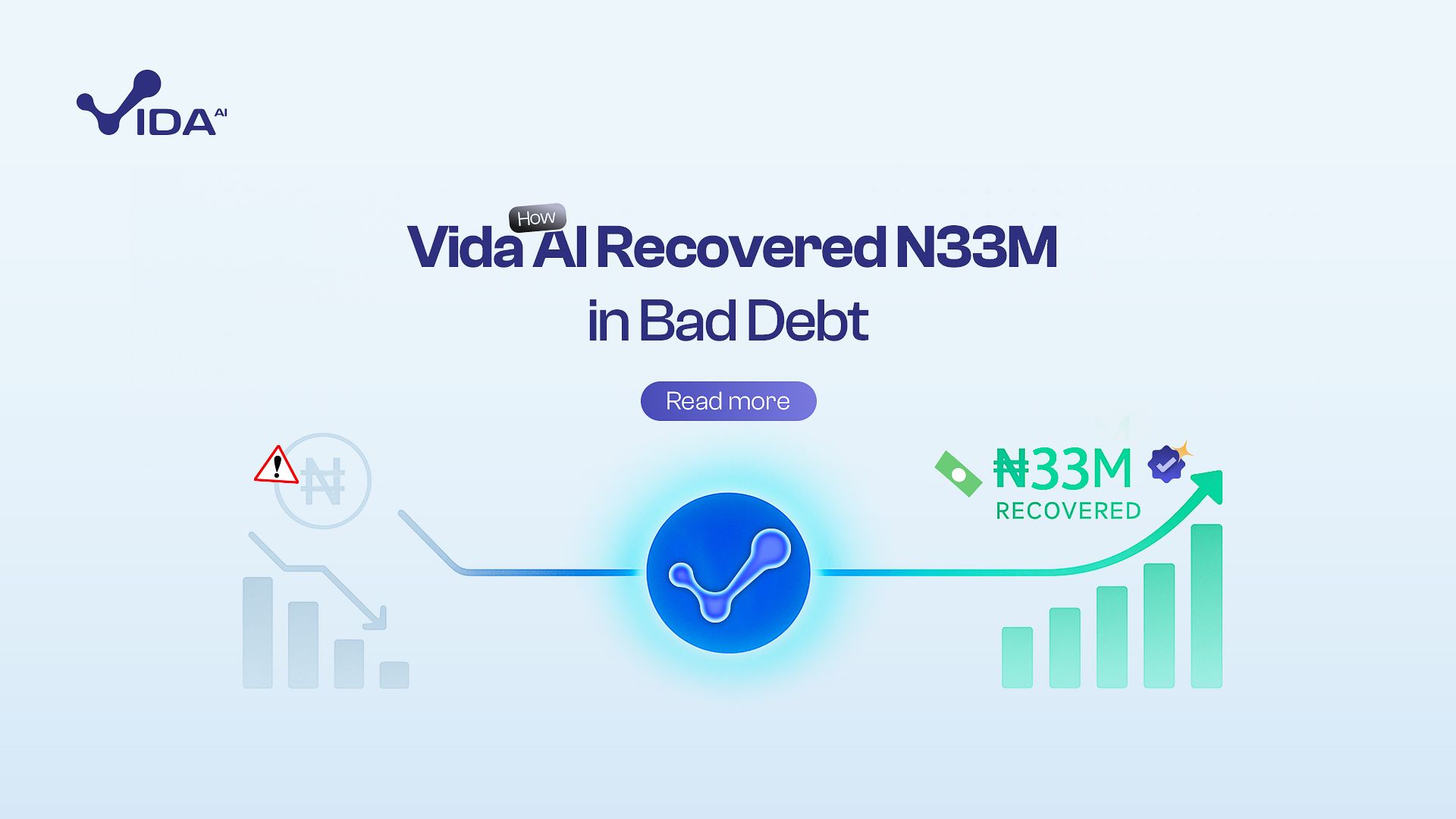back to Articles
AI-Driven Lending: How It Improves Credit Scoring and Approval

Eniayewu Josephine
Content Writer
Credit scoring determines who receives loans and at what terms, yet traditional approaches miss qualified borrowers while approving risky ones. AI-driven lending transforms this critical function by analyzing comprehensive data patterns that reveal true creditworthiness beyond conventional metrics. Modern lenders leveraging machine learning achieve superior portfolio performance while expanding access to deserving borrowers.
Beyond Traditional Credit Scores
Credit scores, while important, tell an incomplete story. These three-digit numbers reflect past payment behavior but miss current financial capacity, spending patterns, and life changes that impact repayment ability. AI-driven systems analyze thousands of variables simultaneously, creating nuanced borrower profiles that capture financial reality more accurately.
Machine learning models process bank transaction data to understand cash flow patterns, recurring income streams, and spending habits. They identify seasonal workers whose income fluctuates predictably, gig economy participants with irregular but stable earnings, and recent graduates building credit histories.
Alternative data sources enhance traditional credit reports significantly. Utility payments, rent history, insurance claims, and even smartphone usage patterns provide insights into responsibility and stability. AI systems weigh these factors appropriately, creating comprehensive creditworthiness assessments.
Quantifiable Improvements in Lending Outcomes
Lenders implementing AI-driven scoring report substantial performance gains across critical metrics. Approval rates for qualified borrowers increase 15-25% as machine learning identifies creditworthy applicants missed by traditional scoring. Simultaneously, default rates decrease 20-30% through better risk identification.
Processing speed improvements deliver competitive advantages in today's instant-gratification economy. AI systems make accurate credit decisions in seconds rather than days, enabling same-day approvals that capture time-sensitive opportunities and improve customer satisfaction.
Cost reductions prove equally impressive. Automated decision-making eliminates manual underwriting for most applications, reducing processing costs by 40-60%.
Implementing AI Credit Scoring Systems
Successful implementation begins with comprehensive data strategy development. Evaluate existing data sources for quality and coverage, then identify valuable alternative data streams that enhance predictive power without introducing bias or regulatory concerns.
Start with pilot programs targeting specific customer segments or loan products. This approach allows model validation and refinement before full deployment while building organizational confidence in AI capabilities. Monitor performance metrics continuously and adjust parameters based on real-world results.
Regulatory compliance requires careful attention throughout implementation. Ensure AI models provide explainable decisions that satisfy fair lending requirements. Document model development processes, maintain detailed audit trails, and establish governance frameworks for ongoing oversight.
Overcoming Implementation Challenges
Data quality issues pose the most common implementation obstacle. Incomplete records, inconsistent formatting, and outdated information reduce model accuracy. Invest in data cleansing processes and establish data governance standards before deploying AI systems.
Organizational change management ensures successful adoption. Train underwriters to work alongside AI systems, clearly define human oversight responsibilities, and establish escalation procedures for complex cases. Cultural acceptance accelerates implementation success.
The Competitive Advantage of AI-Driven Lending
Early adopters of AI-driven lending gain significant competitive advantages that compound over time. Superior risk assessment enables more accurate pricing, allowing aggressive rates for low-risk borrowers while maintaining profitability on higher-risk segments.
Faster processing speeds capture market share in competitive lending environments. Borrowers increasingly expect instant decisions, and lenders providing immediate responses win business from slower competitors. This speed advantage becomes particularly valuable during economic uncertainty when credit availability fluctuates.
AI-driven lending represents the future of credit decisioning, delivering measurable improvements in approval rates, default prevention, and operational efficiency. Organizations investing in these capabilities position themselves for sustained success in an increasingly competitive financial services landscape.
Sign Up Now to boost approvals, cut defaults, and make smarter credit decisions with AI.

